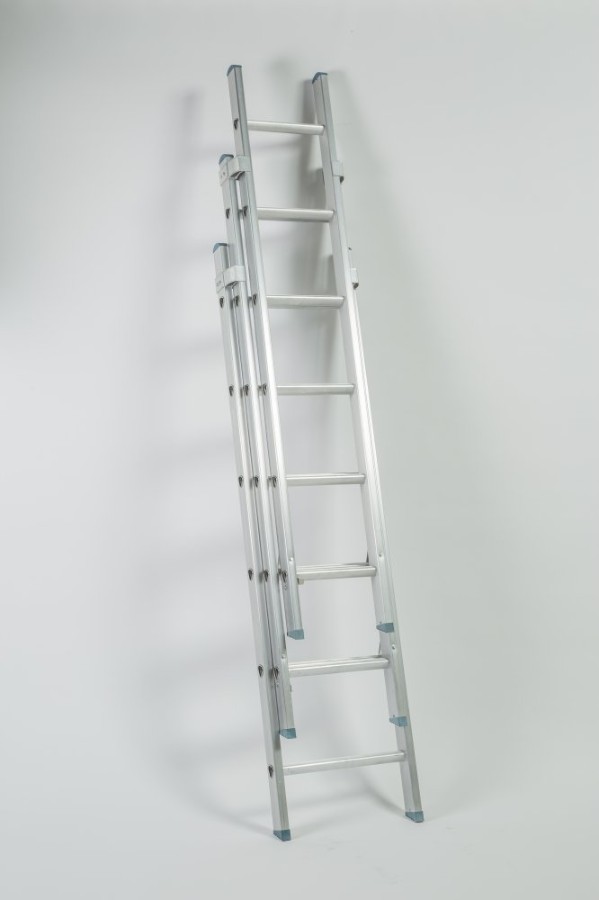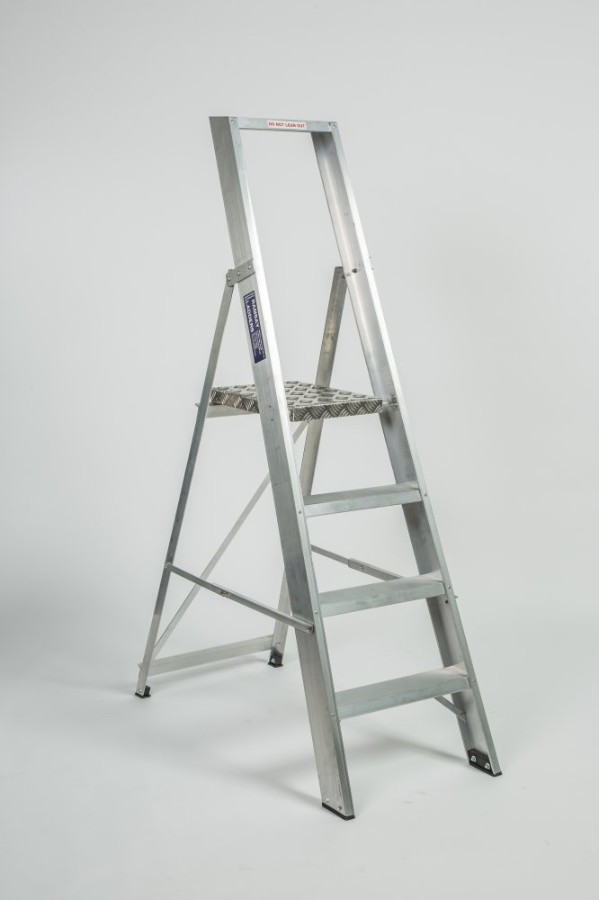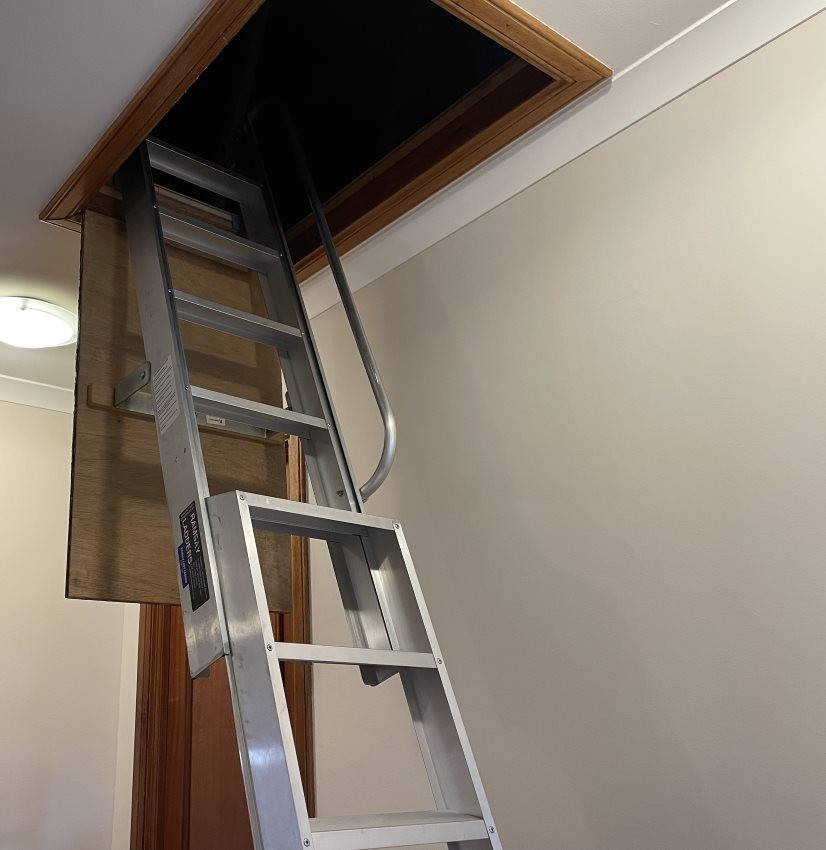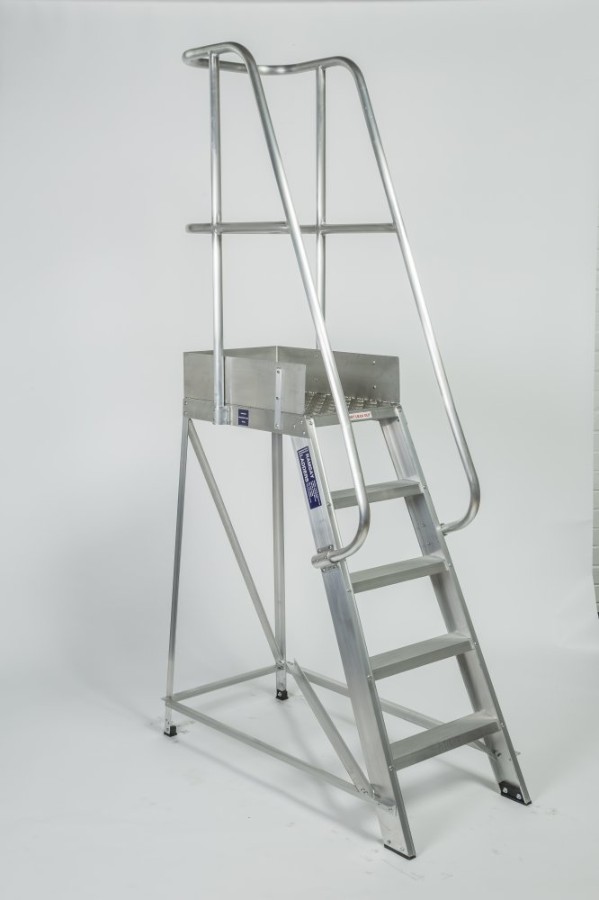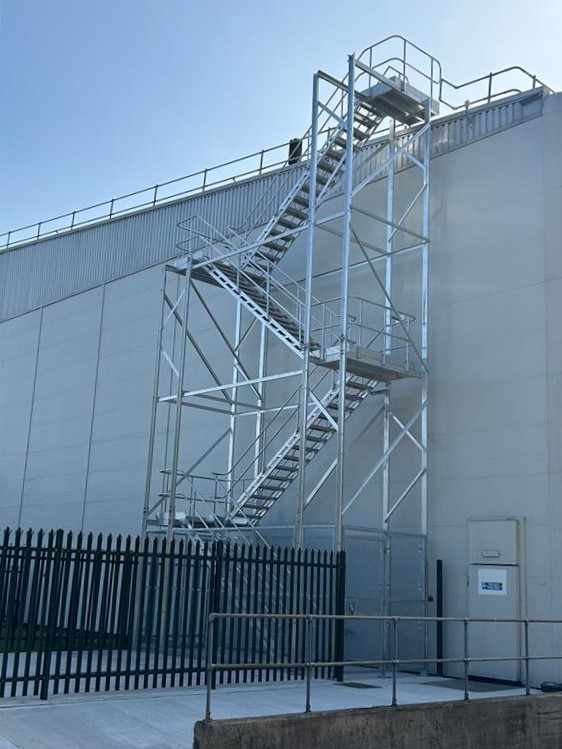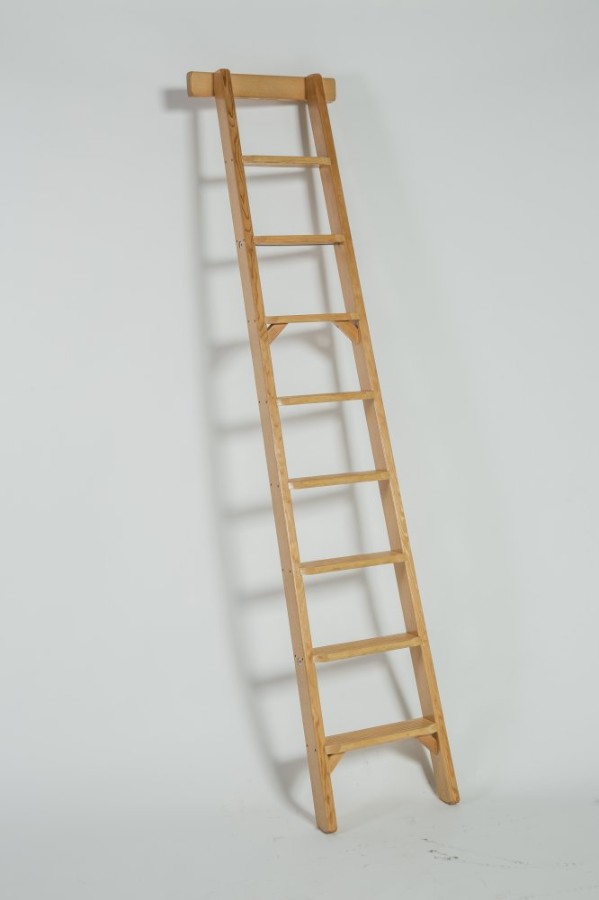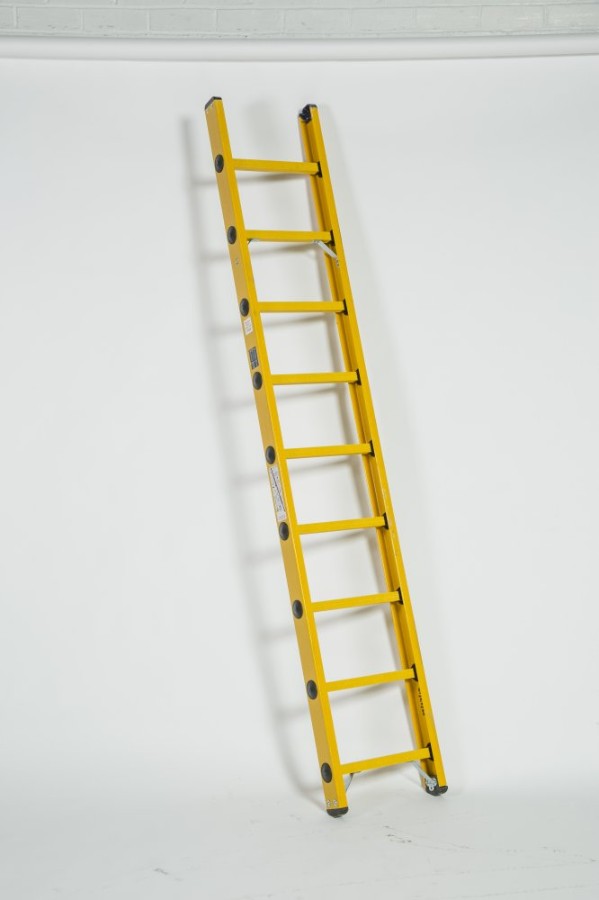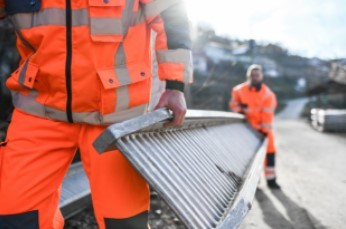Basic Safety Tips To Consider When Using Ladders
1 June 2022Information For Your Safety
HSE's revised and simplified guidance : INDG455 'Safe use of ladders and step ladders' and INDG401 'Work at height' brief guides are now available to download from https://www.hse.gov.uk/work-at-height/index.htm.
The new guidance makes it clear, subject to risk assessment, that ladders remain a sensible and practical option in the workplace – and if it's right to use a ladder, to use the right ladder and to use it safely.
Working With Ladders
| DOs | DON'Ts |
| DO place the base of the ladder on a firm, level, dry surface. If there's a time when this isn't possible - working on grass, for instance - tie the feet of the ladder to stakes in the ground to stop it slipping, and place a large flat wooden board underneath to help prevent it sinking. | DON'T put a ladder on top of boxes, bricks, barrels or any other unstable surface just to gain extra height. |
| DO position the ladder so that the base won't slip outwards. Leaning ladders are designed so that their safest angle of use comes when every 1 measure out from the wall is matched by 4 measures up it (rungs are usually about a third of a metre apart, so its easy easy enough to get the distances roughly right).Most new extension ladders now have a mark on the stiles to show the safest angle of leaning. Remember the rule: 'ONE OUT FOR FOUR UP' The more the base is moved out from this position, the greater the risk that it will slip outwards suddenly and fall down without warning! | DON'T reach too far forwards or sideways, or stand with one foot on the ladder and the other on something else. |
| DO secure the bottom and the upper part of the ladder, by tying them (from stiles, not rungs) with rope or straps onto a stable , fixed object. You can tie the base to stakes in the ground, or use fixed blocks or sandbags to help guard against the ladder slipping, or buy special stabilisers. A rope or strap tied from a stile onto a fixed object at about the height of the fifth rung from bottom will help to stop any further movement. If it's impossible for some reason to secure the ladder, get another adult to 'foot' it (by standing with one foot on the bottom rung and holding a stile in each hand). | DON'T carry heavy items or long lengths of material up a ladder. |
| DO rest the top of the ladder against a solid surface, never against guttering, or other narrow or plastic features. Where a surface is too brittle or weak to support the top of the ladder, use a stay or a stand-off resting on a firm surface nearby. Bolt or clip this to the top of the ladder before putting up the ladder. | DON'T use a ladder in a div wind. |
| DO have at least three rungs extending beyond a roof's edge if you're using a ladder to get yourself up onto the roof. | DON'T wear sandals, slip-ons or have bare feet on a ladder. |
| DO hold on to the ladder with one hand while you work. You can get special trays which fit between the stiles to take paint pots, tools etc. | DON'T use a ladder near any power lines. |
Working With Stepladders
| DOs | DON'Ts |
| DO rest it on a firm and level base. If you're working outside, place a large, flat board on any soft ground to make a suitable base. | |
| DO position it front-on to the work. | DON'T work sideways, at any time. |
| DO check that there are no overhead hazards near where you're going to work. | DON'T have more than one person on the stepladder at a time. |
| DO check that the stepladder is locked into its correct position. If it's a multi-way design, make sure it's is the right configuration for the job you're doing. Always follow the manufacturer's instructions. | DON'T put loose tools where they could move or fall and cause an injury. Use a fixed-on work tray if necessary. |
| DO keep both your feet on a step. Never stand on the top handrail to gain extra height. | DON'T forget.. NEVER OVER-REACH |
| DO wear flat, firm soles shoes. Never work in high heels, bare feet or slippers. | DON'T hang your ladder vertically from one of its steps. |
| DO keep a secure grip at all times. | |
| DO keep both your feet on a step. Never stand on the top handrail to gain extra height. | |
| DO keep your stepladder protected from the weather in a covered, ventilated area. | |
| DO keep it out of the way of children. |


